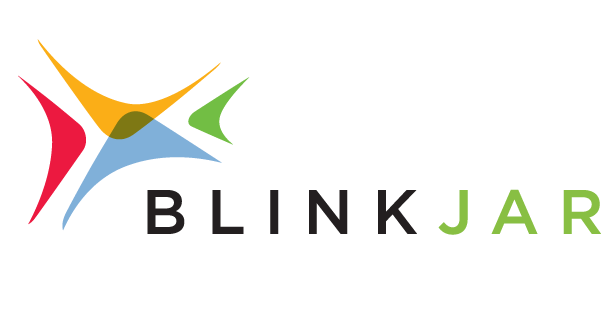Call Tracking and SEO: Harmful or Helpful?
All business owners share one thing in common -- a yearning for a more defined return on investment from their marketing and advertising efforts. In marketing circles, this is called "closing the loop." One of the most effective ways businesses can close the loop and gain a clearer picture on their return on investment is through call tracking.
What is Call Tracking?
Call tracking is the process of determining how callers found your business. If you're like most business owners, nothing is more frustrating than spending your hard-earned money on advertising and marketing efforts with nothing to show for it. Call tracking eliminates this everyday angst by identifying marketing channels that make your phone ring.
If you research call tracking and search engine optimization, the million dollar question everyone is trying to answer is whether call tracking is hurtful or helpful to your SEO. We answer this question below.
Reasons Call Tracking Can Hurt Your SEO
The primary place call tracking can be harmful is in your local SEO. Local SEO is a form of optimization that helps local businesses appear in relevant local searches. At BlinkJar, we like to say that Local SEO is the yellow pages of today, because the search queries are all centered around NAP - name, address, and phone number. NAP is the most critical ingredient in a local search strategy. Google reviews the name, address, and phone number of a business to ensure a consistent listing across all online directories. Any inconsistent, incomplete, or missing listings will hurt the chances of your business appearing in the local search results of Google. When you have consistent and accurate listings, your business becomes more trustworthy in the eyes of Google and the likelihood your business will show up in local search results is high.
NAP is why many experts feel call tracking can have a negative impact on local search rankings. If you are using various call tracking numbers across the web, it tends to confuse Google's algorithms and will hurt your local search rankings. Google looks at these inconsistent phone numbers as a red flag.
Using call tracking numbers in directory listings will hurt your SEO. A rather simple fix is not to use call tracking numbers in directory listings. One way to ensure you are using call tracking correctly is by using DNI: Dynamic Number Insertion. When applying DNI, a unique phone number displays, via Javascript, based on a source or a keyword. The good news is the default number is hard-coded and does not change which eliminates any risk of having various call tracking numbers pushed to local directory listings.
Reasons Call Tracking Can Help Your SEO
I just laid out one-way call tracking can have a negative impact on your SEO. On the flip side, there are many ways call tracking can help SEO. Let's take a look.
Call Tracking is a Content Map
Most call tracking software providers, like CallRail, have an option for recording calls. By listening to calls, you can gain a broader perspective on the common questions and roadblocks faced by your potential customers. You can then take these questions and answer them via website pages and blogs. Creating and implementing a content strategy for answering these common questions will have a positive impact on your SEO.
Call Tracking Helps with Landing Page Optimization
If you know what search query or keyword was responsible for a landing page conversion, wouldn't that be helpful? Call tracking can pinpoint the keywords accountable for generating phone calls. Knowing this information can help you better optimize your landing pages for future searches, visits, and conversions.
Call Tracking Helps to Optimize Your Website by Location
Call tracking helps determine the location of the caller. If there is a trend of conversions from a specific geographic location, then you should center your landing pages and conversion efforts around this area.
Is Call Tracking Helpful or Harmful for SEO?
In short, call tracking is far more helpful than harmful to SEO. If you are a business owner who wants to gain a deeper understanding of your marketing and advertising efforts, implementing call tracking software will change your view of marketing and advertising for the better. If you're looking for someone to implement call tracking for you, we can help.









